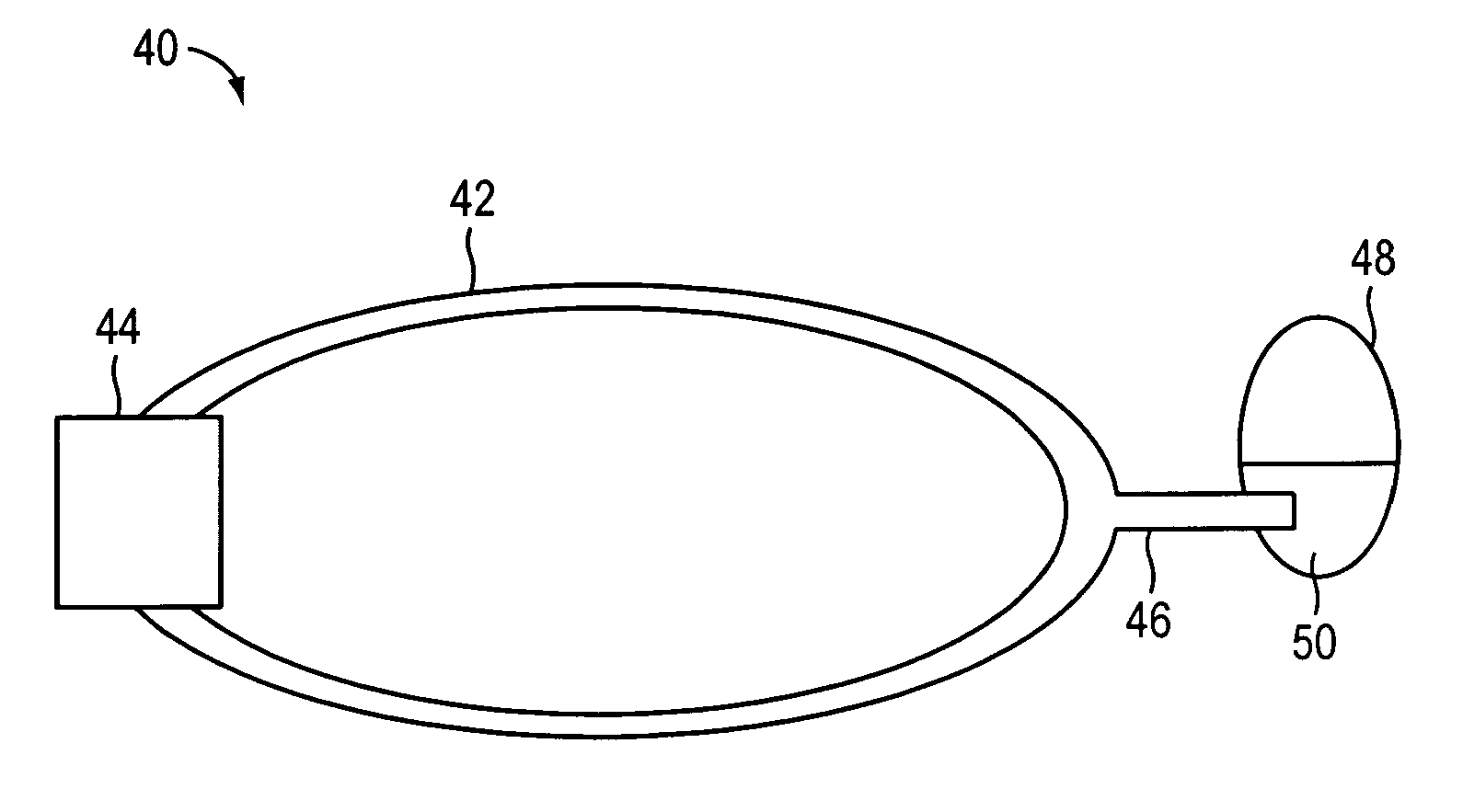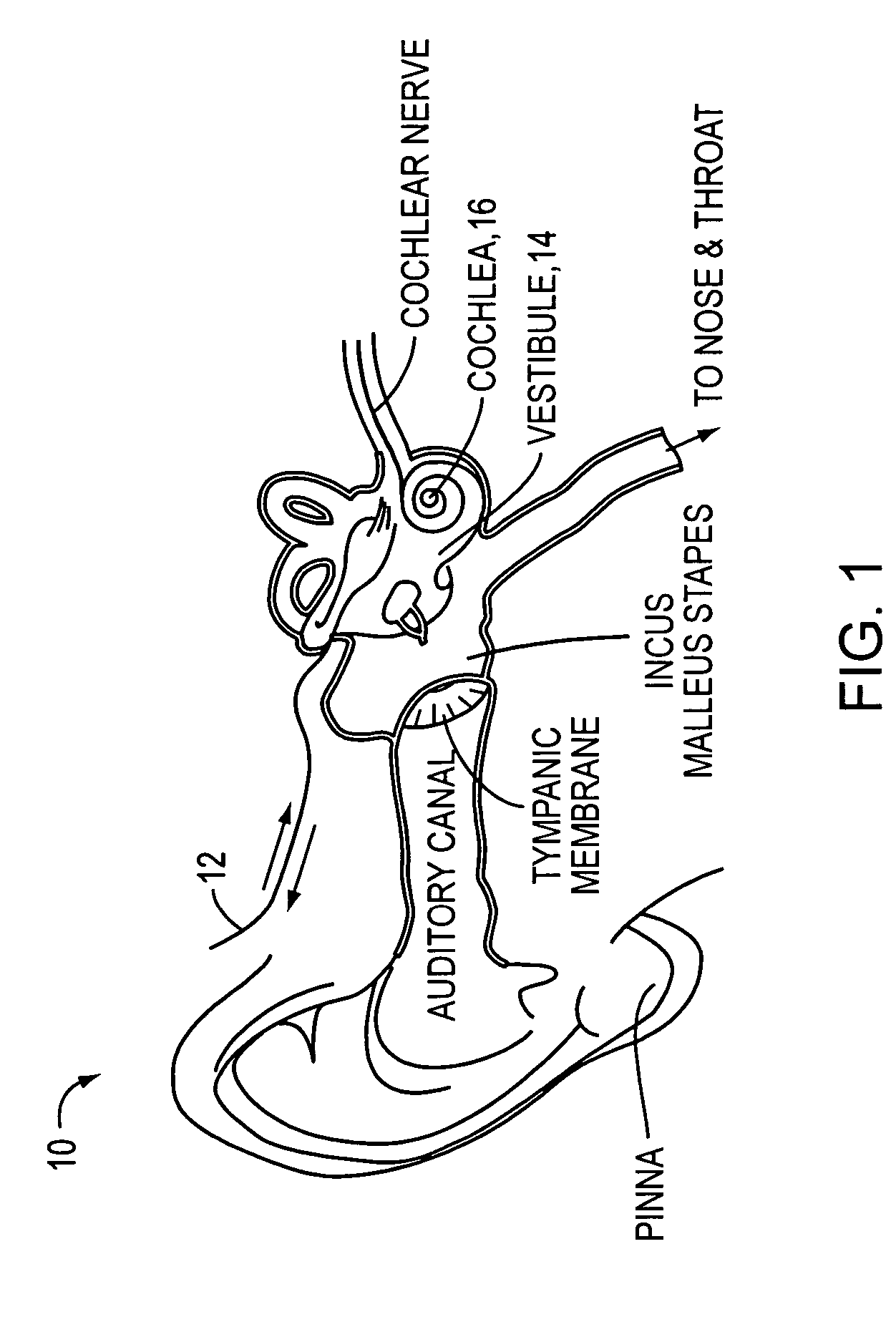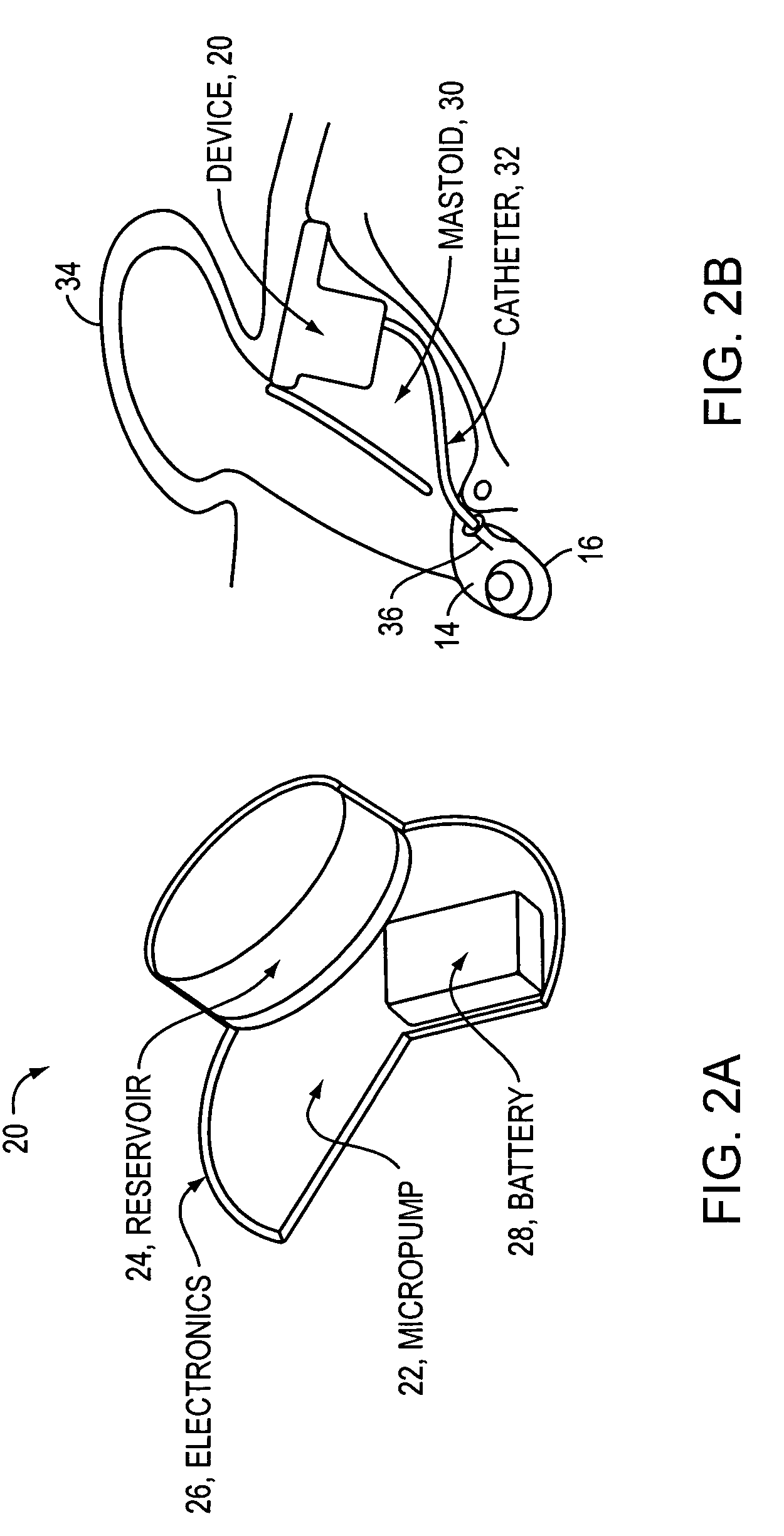Drug delivery apparatus
a technology of drug delivery and apparatus, which is applied in the direction of dilators, surgery, therapy, etc., can solve the problems of reducing the net infusion rate unable to increase the basic capacity of a damaged ear, and many users continue to experience significant communication difficulties, etc., to achieve the effect of reducing the net infusion ra
- Summary
- Abstract
- Description
- Claims
- Application Information
AI Technical Summary
Benefits of technology
Problems solved by technology
Method used
Image
Examples
Embodiment Construction
[0051]As discussed above, conventional drug infusers utilize macroscale machined components to pump liquid drugs from a reservoir. The invention provides for replacing these components with a synthesis of micropumps and MEMS solutions for drug storage and release, which will result in smaller devices with greater functionality. This will enable the opening of the inner ear and other previously inaccessible locations in the body for new direct treatment, without the side effects of systemic delivery.
[0052]Microfluidics and microelectromechanical systems (MEMS) capability can be used for drug delivery applications, to allow or provide a controlled rate, low drug volume, and / or liquid formulation) e.g. for an implantable inner ear delivery system). In an example embodiment, a fluidic system having a closed loop microfluidic flow controller can be used with animal test apparatus. In one embodiment of the current invention, an implanted recirculating delivery system can be used in therap...
PUM
 Login to View More
Login to View More Abstract
Description
Claims
Application Information
 Login to View More
Login to View More - R&D
- Intellectual Property
- Life Sciences
- Materials
- Tech Scout
- Unparalleled Data Quality
- Higher Quality Content
- 60% Fewer Hallucinations
Browse by: Latest US Patents, China's latest patents, Technical Efficacy Thesaurus, Application Domain, Technology Topic, Popular Technical Reports.
© 2025 PatSnap. All rights reserved.Legal|Privacy policy|Modern Slavery Act Transparency Statement|Sitemap|About US| Contact US: help@patsnap.com



